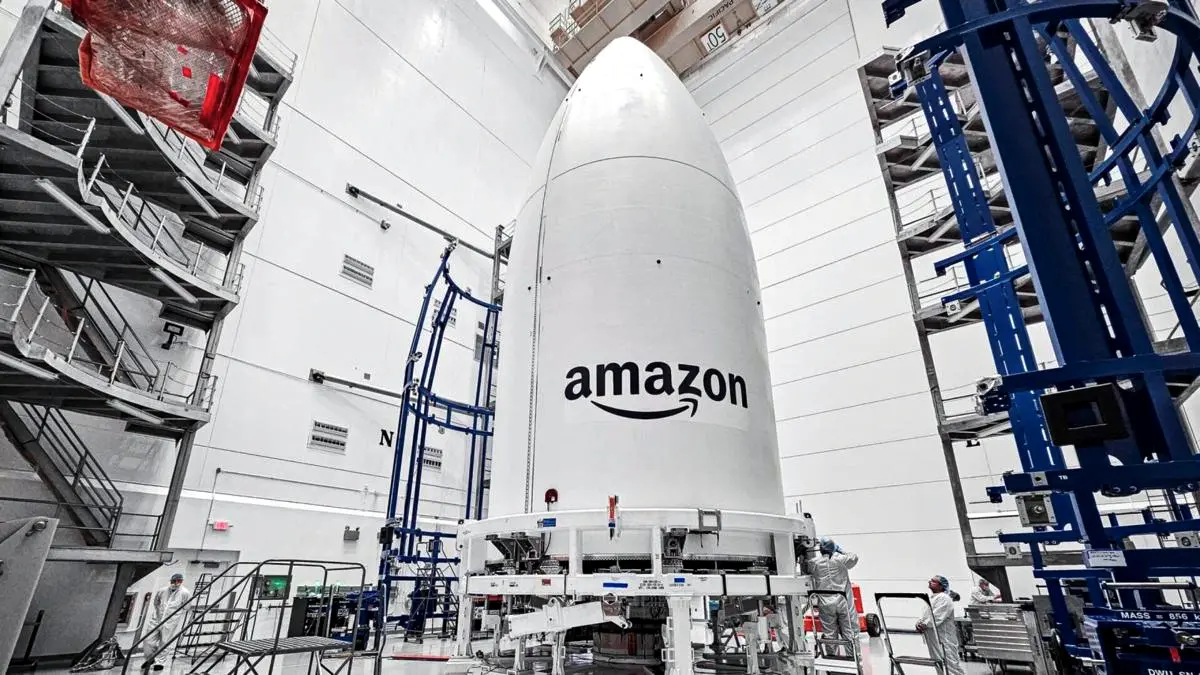

|
||

Amazon launched its debut prototype satellites, Kuipersat-1 and Kuipersat-2, from Florida’s Cape Canaveral on Friday. This marks the tech giant’s initial foray into space, aiming to rival SpaceX’s Starlink broadband network. Amazon’s Project Kuiper aspires to establish a constellation of over 3,200 satellites in the next six years, with the goal of delivering high-speed internet to underserved global communities.
Regulatory Timelines: The US Federal Communications Commission mandates that by mid-2026, at least half of these satellites should be operational. Amazon anticipates starting services for select users by late 2024.
Facing Challenges: Despite this advancement, challenges persist. Amazon lags behind SpaceX, which boasts around 5,000 satellites, and OneWeb, with nearly 650 satellites. Amazon’s initial collaboration with ABL Space Systems for the launch faced setbacks, leading to a rescheduled launch with ULA’s Vulcan Centaur in late 2023.
The Controversies: Satellite internet is lauded for its potential to provide high-speed connectivity to remote areas and act as a backup during natural disasters. However, the rapid deployment of vast satellite networks sparks concern among astronomers about light pollution. Additionally, the power dynamics in satellite communications raised eyebrows recently when Elon Musk admitted to temporarily blocking his Starlink network during a Ukrainian operation, highlighting the potential perils of relying on private satellite networks in global communications.
What’s next: This year, Amazon unveiled three satellite antennas intended for Kuiper customers. While the company hasn’t disclosed the pricing for the hardware or service, early tests of Amazon’s Kuiper antennas have shown download speeds reaching 400 Mbps.
Sponsored byDNIB.com

Sponsored byRadix

Sponsored byIPv4.Global

Sponsored byVerisign

Sponsored byVerisign

Sponsored byCSC

Sponsored byWhoisXML API
